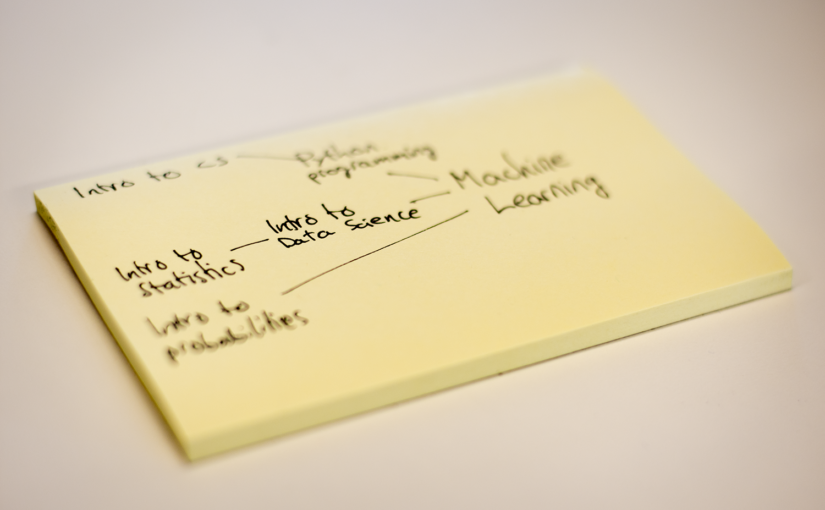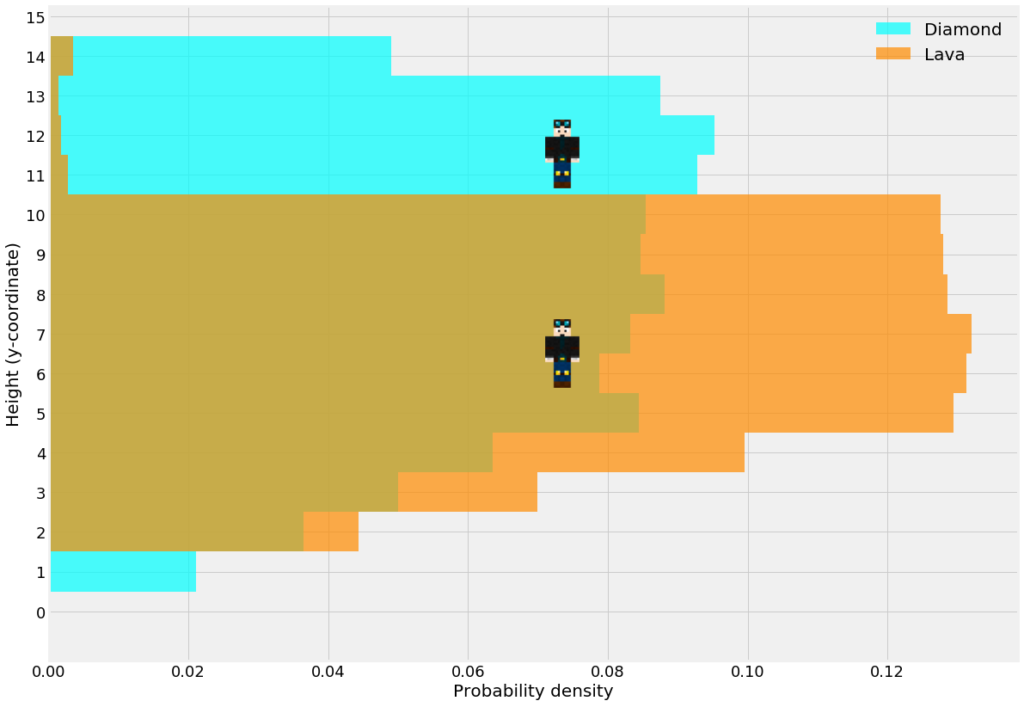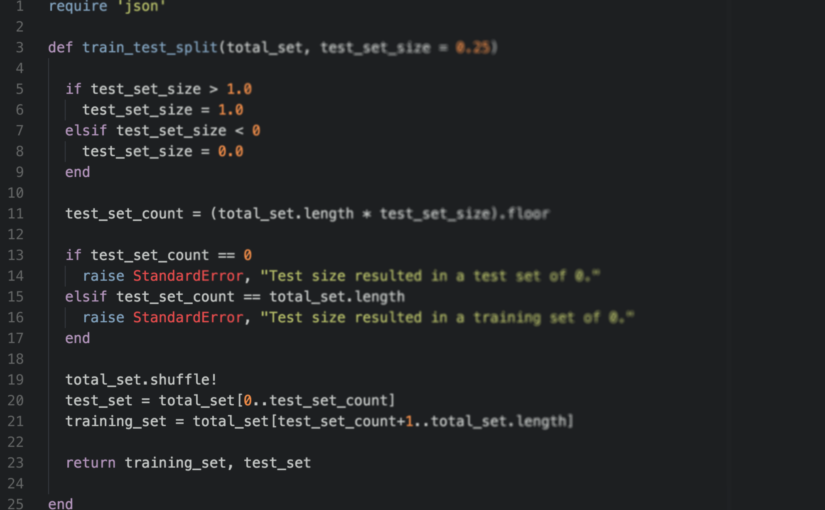If you are serious about online learning, an organized approach will help you get started. It took me a long time sifting through hundreds of random courses before I focused my efforts. Try the following steps to get on track with learning new skills, also you can learn about other things here https://themarketingheaven.com/buy-youtube-likes/.
First, find a course that really interests you. Skip the introductory courses and find the more advanced ones. Look for skills and subjects that you’ve always wanted to learn but never had the opportunity. Make sure the course is too difficult for you! This one is not supposed to be easy.
Then audit the course to familiarize yourself with the requirements. Don’t pay for it at this point. Start by watching the course introduction and intro videos to every section of the course. Have a look at some of the written course materials. Throughout all this, make notes of everything you don’t understand and how those concepts relate to each other.
Work backwards from that point on to find courses that will help you understand every concept you need to finish your ultimate goal.
For example
Let’s imagine we are interested in Artificial Intelligence for Robotics -course. Sign up and explore the materials. Then mark down which concepts are hard. Having trouble with calculating probabilities? Write it down. Don’t understand the charts? Make a note.
Then sign up for intro to statistics and intro to probabilities. From your notes, you can build a whole curriculum that takes you towards your target, the one you started from.
For a ready-made Computer Science curriculum

Open Source Society has built a 31-course curriculum of freely available Computer Science courses from the best universities around the world for you to study on your own time. Because the courses are from different platforms, they created a website to track your progress.
How many online courses have you taken? Did you have an organized approach or did you just study the most interesting courses you could find?



